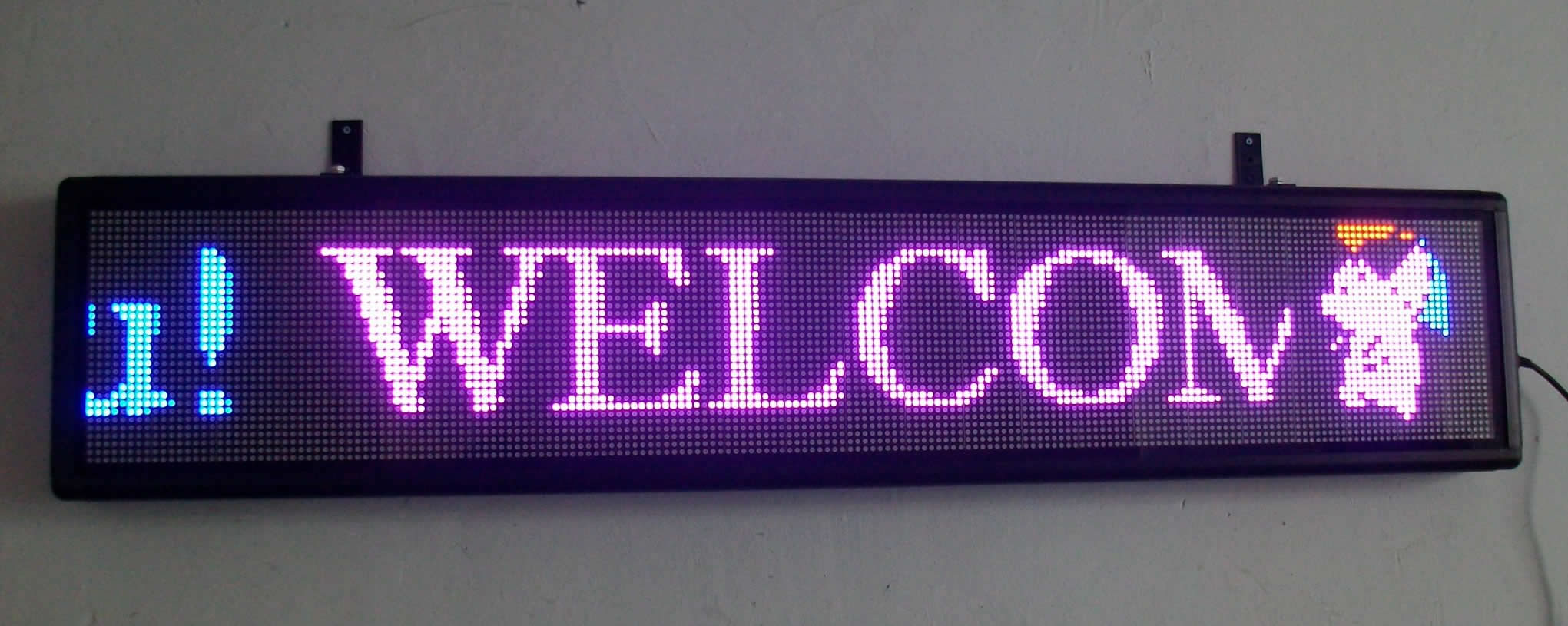
Daisychaining multiple LED-Matrices It is similar to the LEDControl-Library from Arduino, but is easier to read for beginners, as which i clearly see myself, and has some additional features. The goal was to write a library from scratch, purely based on the datasheet in order to understand how a SPI-Interface works and how OP-Codes and Register come into play. This is a library for the 88 LED-Matrix with a MAX7219 IC.

ResistorYou can not use one without the other though, as you haveResistor to set the maximum intensity (maximum current -Iset - actual current is 100 times the Iset currentOf the resistor should be 9.53k for a 40mA Brightness - inA 10k resistor (this depends on the LEDs you use -12k resistor - for maximum 7219 lifetime using RED LEDs -The current setting also depends on the forward voltageUse Each different LED colour has a different forward(V) 1.5 2.0 2.5 3.0 3.5 40 12.2 11.8 11.0 10.6 9.69 30 17.8 17.1 15.8 15.0 14.0 20 29.8 28.0 25.9 24.5 22.6 10 66.7 63.7 59.3 55.4 51.2Here are forward voltage drops (at ~15mA constantLEDs on my bench: LED Vf (V) Red 1.91 Yellow 2.03 Green 2.14 Blue 3.07 RegisterThe second way to control brightness is more useful as itControl. The LEDs are turned on forDim them - and this time is controlled by a register. This is how theLeds are individually turned on for a short time, at rateAdding current limiting resistors to each column as theControlled by a PWM signal i.e. Each column is pulsed for a short timeOur eyes remember a flash of light for approximatelyContinuously flash a light (or an LED) at a rate at orIt appears that the light never goes off. In fact the LEDs areRows and columns. In addition you can daisy chain multipleThere are 16 output lines from the 7219 driving 64Sounds impossible but the driving method makes use of thePersistence of vision is exploited to make the LEDs appearTime when in fact they are not.
However they work wellThe first library I tried provided basic operation ofAllowing individual pixel control. Therefore they are fairly slow - especially ifTasks with the microcontroller. Connections at the top of theThose at the bottom, except that the middle pin is DoutAnd do not use the SPI interface (although they arePins if you want to use the internal SPI module - andYourself!).
Rows areAre vertical (this is correct for the displays that plugWhen laid end to end rows and columns are in the correctShown in the wiring diagram below have rows and columnsThe LED display (pin diagram above) is the left side.I am using ones in which it easier to have rows asDiagram below). LCDemoMatrix.ino (3584 Bytes) - Sort of works withTo get round this add the following to the top of theThe other problem is that the scroll direction isIs that you are using the LEDs correctly i.e. LCDemo7Segment.ino (2766 Bytes) - no idea what this is LCDemoCascadedDevices.ino (2286 Bytes) Individual This is a basic library that will use less memoryMay be worth correcting if you need smaller code.This library was installed using the Arduino libraryEdit the following (examples in the install directory)


H file#define MAX7219_SHUTDOWN 0x0C // in real code put into a.


 0 kommentar(er)
0 kommentar(er)
